 Lithium is a chemical element with the symbol Li and atomic number 3. It is a soft, silvery-white alkali metal. Under standard conditions, it is the least dense metal and the least dense solid element. Lithium’s efficacy at both treating and preventing the recurrence of manic-depressive episodes (what we now call Bipolar disorder) was discovered serendipitously by an Australian Dr John Cade back in 1949. It would eventually transform the lives of patients, pharmaceutical researchers and practicing physicians worldwide. It is still a mainstay of Bipolar disorder treatment today. The song Lithium was released as the third single from the album Nevermind by Nirvana in 1992. The title - which doesn't appear in the actual lyric – probably refers to the aforementioned drug. 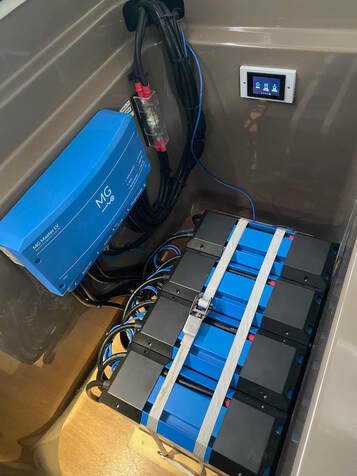 Our 4 Lithium batteries, under my bed... Our 4 Lithium batteries, under my bed... But I digress… Lithium ion batteries have become increasingly familiar to us as a key component of single use and rechargeable batteries, from the tiny button ones in watches to the ones in our phones and cameras or industrial ones that are now becoming more commonplace in cars and homes. Life on ITIKI will forever be divided into before and after Lithium batteries. I have been referring to this momentous change as an “upgrade” from AGMs to Lithium, however “conversion” is probably a more apt description as it has been akin to a religious experience, an awakening or enlightenment. Lithium upgrades are extensively discussed on cruisers fora by (sometimes self-appointed) experts and wannabes (like me) in reverent and serious tones. I feel like I have joined an exclusive club and will shortly be taught the secret handshake. Don’t get me wrong, there is nothing wrong with AGM batteries and I would have been quite happy to continue with ours had they been in better health post Covid hiatus. However one service battery didn’t make it out of the boatyard at Leros (GR) and another was pronounced dead on arrival in Gibraltar. Rather than replace them with a new set of AGMs (apparently you don’t replace 1 or 2 in a set) we decided to bite the bullet and bring forward an exercise that we had on the “eventually” to do list. 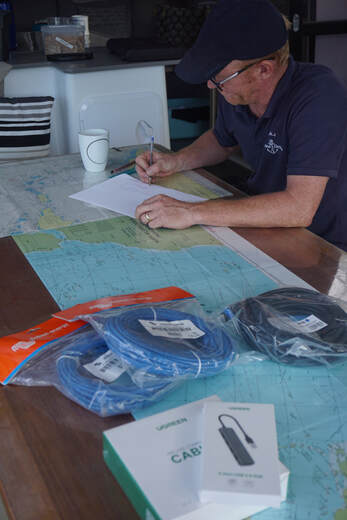 Working on the design over a cuppa Working on the design over a cuppa My knowledge of electrical systems has increased exponentially since stepping aboard ITIKI (there is so much more to cruising and living aboard than sailing skills). I have to admit to barely scraping through first year physics at uni, I have vague recollections of building a radio by copying the geek next to me. I didn’t know an amp from an ohm and my familiarity with high voltage, mainly came from Bon Scott and bandmates! My learning curve has been exponential. We encountered our first electrical “challenge” off the coast of Portugal on our way to the Med. Quelle horreur! The Bosch washing machine would not work on the genset. Calls were made to our dealer, google was consulted, but to no avail. It was the Bosch technician who visited the boat in Porto to reset the now “frozen” machine who, in halting English, dropped the penny on the problem. We got him to test the machine and power socket with the Genset on. He said something about no power and wrong frequency. More googling and I finally realised why the 5kVa and 4.5kVA genset have the same model number and user manual. It’s the same bloody machine, just set to a different RPM/frequency! D’oh! Who knew electricity had a frequency as well as a voltage and an amperage?! I really should have paid more attention in class. A fairly minor thing to get changed in the end, but really something that should have been picked up and sorted in La Rochelle. Our next valuable lesson was installing the solar panels in Sicily. A fellow sailor who was admiring our panels as they sat on the dock waiting to be fitted to their frame, happened to ask what rating our MPPT (solar controller) was. When we knowingly informed him that it was 150/75 he replied “I guess you will be wiring those panels in parallel then so you don’t blow it up!” Yes of course…. I really need to learn more about this stuff. I started reading, joined a couple of chat forums and started talking to people who knew a bit more about it than me. There are no-end of "experts" in this area and chat forums can be really daunting, so it is important to be choosy about who you listen to. Initially it was all way over my head but it has slowly come together to the point that (with some help – thanks Peter and Martin) I could brief a marine electrician about what we wanted and not be completely bamboozled when his design options came back. Getting Lithium batteries installed is not just a case of swapping out the old AGMs and replacing them with the same amount of Lithium batteries. Lithium batteries need a whole different set of charge management and monitoring systems so that they don’t overcharge, cook or blow up your engine alternators. Of course there are numerous ways to skin a cat (pardon the pun) when designing your new system. You can learn from what others have done but you can’t just copy someone else’s set up and hope for the best, even if they have a similar boat. Importantly, you can’t design a new system without (a) understanding your existing systems (b) understanding your own needs (c) clearly articulating what problems or issues you want to address (d) consulting your accountant! In my time away from ITIKI during Covid, and as part of my efforts to improve my understanding, I had put together a schematic of our energy generation, storage, monitoring and distribution, just as I had done for our water management system. I wasn’t on the boat at the time so didn’t get it 100% correct but this eventually proved a useful tool in explaining ITIKI’s set up to our marine electrician. I had made contact with Dave Campbell from EMS in Gibraltar before we returned to ITIKI as I really wanted to upgrade our inverter to a 3000W so we could run the water maker from it. A fairly conservative ambition as it turned out. At that stage I didn’t know we would be replacing our batteries, but we knew we would be passing through Gib on our way out of the Med and Dave is a Victron agent. It wasn’t long before this small job had morphed into a big one and turns out Dave and his team had the expertise to design and implement all of the changes we didn’t know we needed. Dave had worked on a number of Fountaine Pajots so was quite familiar with the layouts and wiring and all things electrical on these boats. Of course, every boat has something a little different and there will always be curve balls with these kind of jobs, but Dave was up for the challenge. It was important to us to have an experienced and accredited electrician, as well avoiding language or cultural barriers which might hamper open and clear communications. Plus Dave seemed like a really nice guy and someone we could easily work with. A longer stay in Gibraltar was now on the cards. 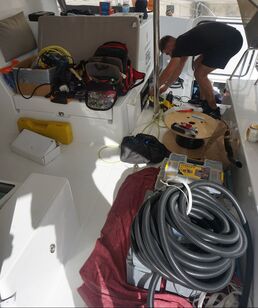 ITIKI became a workshop with cables and tools everywhere! ITIKI became a workshop with cables and tools everywhere! Defining our needs A really key step in this whole process was for us to define our needs. This meant analysing our cruising style and energy usage over the last 2 seasons as well as thinking about the cruising grounds we would be moving into, namely the Caribbean and Pacific. These are warmer climates where we would be using marinas even less and would not have access to the level of technical support available in Europe. Some people do a meticulous energy audit, calculating power usage right down to the very last detail such as the anchor light & courtesy lights. We focussed our analysis on the major appliances such as autopilot, water maker, washing machine, air con etc. How often do we run them, what are their energy ratings and how would we like to power them going forward. From that exercise we defined our key objectives.
I really could not have done this exercise before stepping onto ITIKI pre-launch. I didn’t have enough knowledge about our needs or how they could be addressed and would have made way more mistakes than we already did with our original set up. Having those 2 seasons under our belt was quite beneficial in gaining a better understanding of our requirements and how to manage energy on our boat. Our "Needs Analysis":
So how did we address all of our needs? Well I am still no expert in this area and never likely to be but here goes:
Sounds simple, right? Well yes and no. I guess it depends on how deeply you want to delve into the technical details. Dave was particularly good at explaining to mere mortals like us how things worked as well as the pros and cons of varying options available. Did it all go smoothly and exactly to plan? No of course not, nothing ever does and it is important to expect this. It’s how your installation team handle and communicate this that really matters. Dave made it clear that he was planning an upgrade on a boat he had never physically seen and his advice may change once he did see it and start working on it. Issue #1: Alternator regulators - We encountered some difficulties implementing the original design regarding the alternator/regulator set up, went some way down a rabbit hole before pulling the pin and going to plan B. The construction of the alternator made conversion to external regulation, per the original plan, very difficult. It was not possible to guarantee full control of field current and safety of engine loom wiring if we had proceeded. It would not end up being the “plug and play” scenario we thought it would be. Instead we used 2 x 30A Orion smart DC-DC chargers per engine to optimise and manage the flow of energy between engines and Lithium house batteries, via the starter batteries. Issue #2: Inverter not inverting! At the end of what should have been our last day of the install, we found that the inverter was not inverting. Yes, they tried turning it off and on again, tested and retested but still there was head scratching at the close of play. Was it a hardware problem, a wiring problem or a software problem. Finding another 3000W Inverter in Gibraltar would be challenging, and fitting 2 x 2000W would be time consuming due to space constraints. Sometimes sleeping on it is the best way to solve a problem, those 3am cogitations can be very useful if you remember them when you wake in the morning. The boys returned in the morning with a solution in hand! Turns out it was a software problem, with one too many “smart assistants” in the mix. Dylan to the rescue with some re-programming and voila! We were inverting again. Phew! What about the cost? It is true it is a significant investment and the biggest single one we will probably ever make in ITIKI. That is another reason to plan and research thoroughly and do the job properly. The time required should not be underestimated either. We were doing this on the run rather than in our winter berth, knowing that our electrician could not guarantee an exact start date given the other jobs he was working on, potential delays and set-backs as well as relying on equipment delivery etc. We would need to be in a marina for the duration of the job so we would have power to keep the beer cold. We would also be provisioning for our trip to the Canaries and beyond. The verdict so far
Everything works and we are getting used to running things a little differently. At the same time we had come into autumn/winter when there were more cloudy and rainy days and the angles of the sun was much lower, so we were not getting the same levels of solar power we were used to in mid-summer Med. We had 4 people on board for a significant stretch (instead of 2) for some long passages and we have been doing some longer times under sail, so less incidental power from motoring and more usage from the autopilot whilst sailing. We initially found that we were running the genset a little more than we normally would have to top up the batteries and heat water. Now that we are in the tropics we have found that things have changed quite a bit. Even when we have been at anchor we have been getting more sun on the panels, with daily input between 3.7KWh and 4.3KWh. Add to that the power from incidental motoring, from moving even short distances, means the use of the genset has become more rare. We are now concerned about ensuring it does have the opportunity to turn over and recharge its own starter battery. All in all we are very happy with the changes we made, we can now use our power more efficiently to run our boat the way we want to.
0 Comments
Leave a Reply. |
AuthorAfter more than 5 years of (minus time off for Covid) and more than 27,000nm Lynda has finally got the hang of this cruising life Archives
June 2024
Categories |
||||||

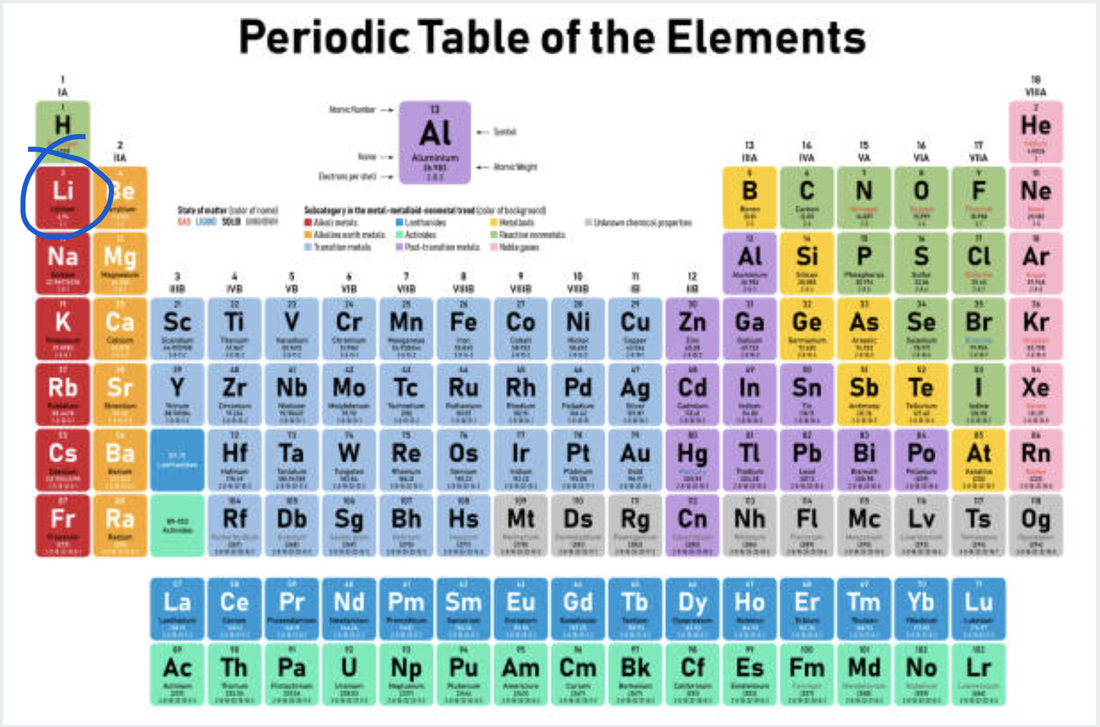
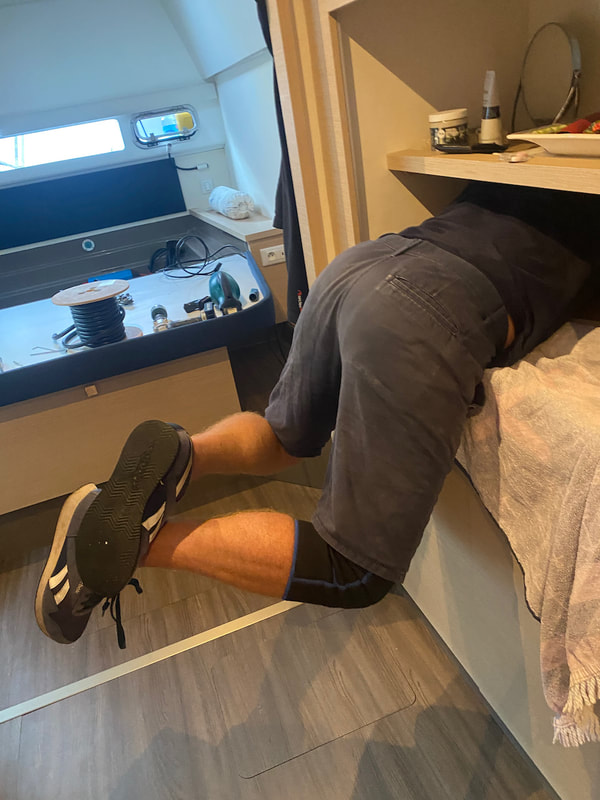

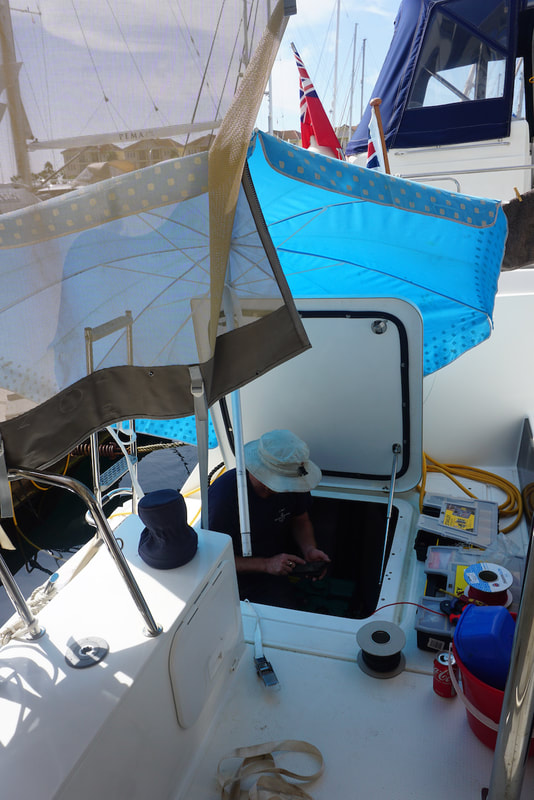
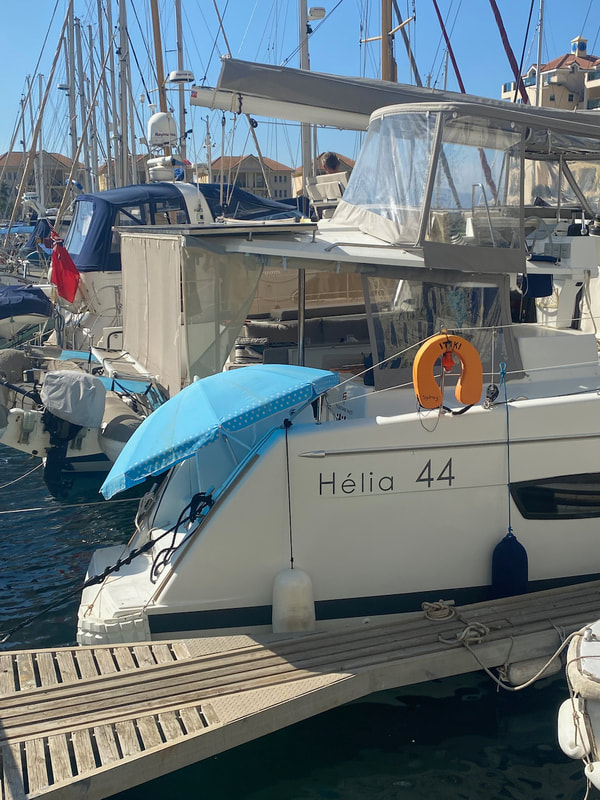
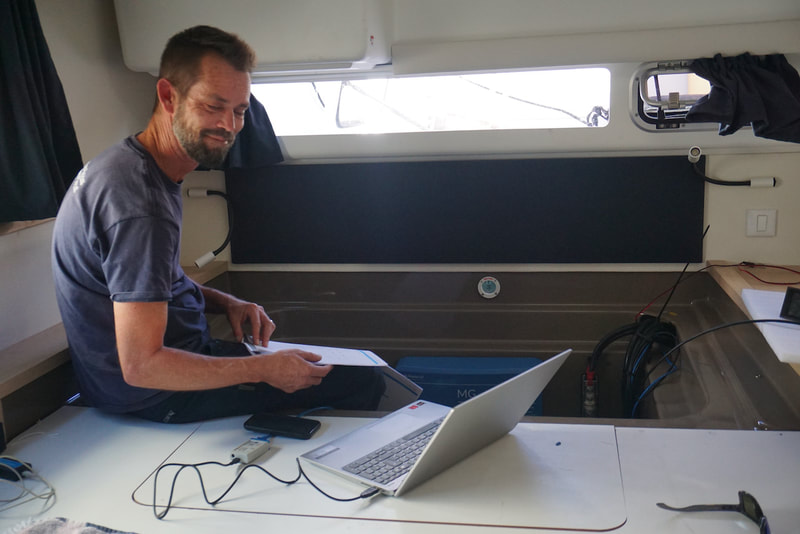
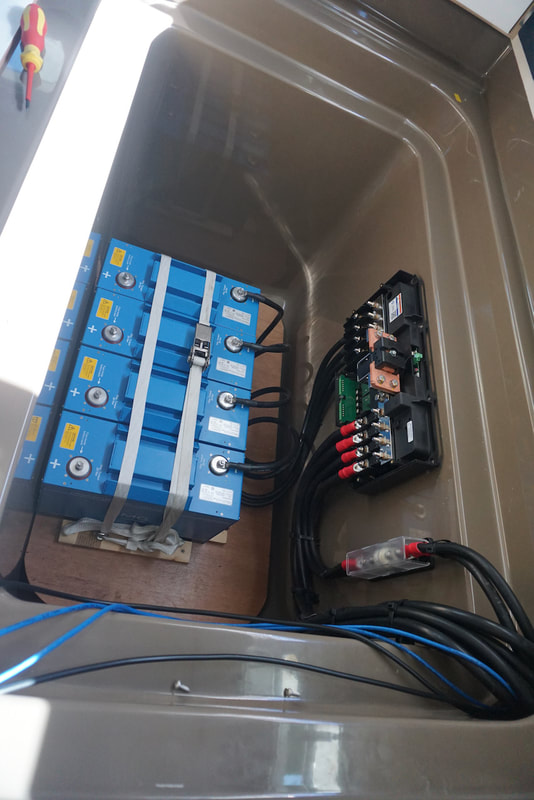
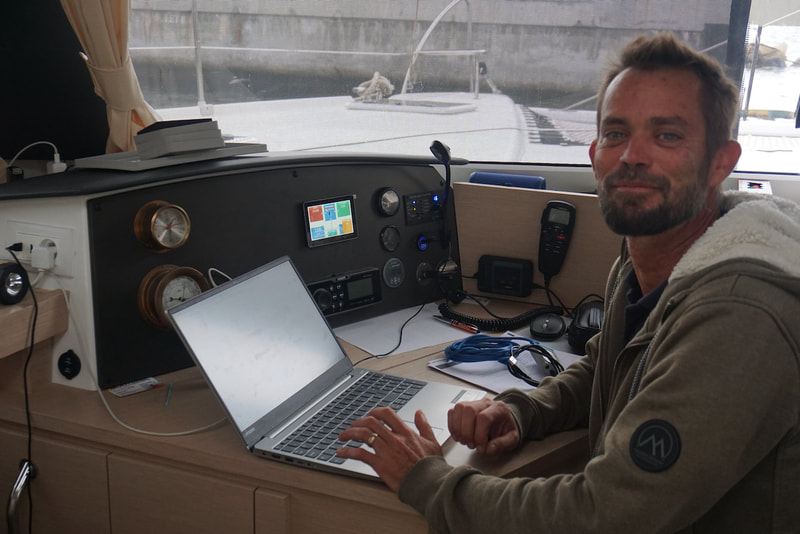
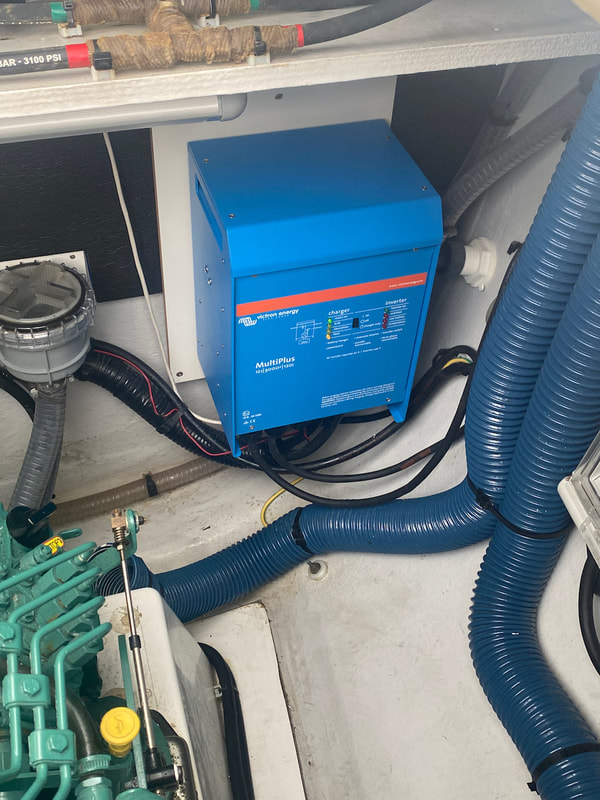
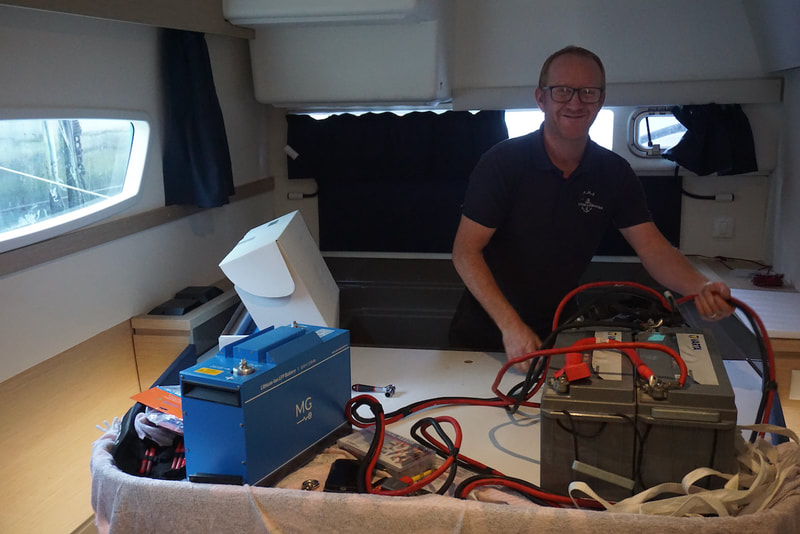
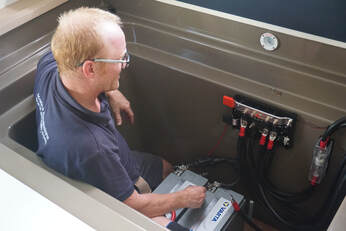

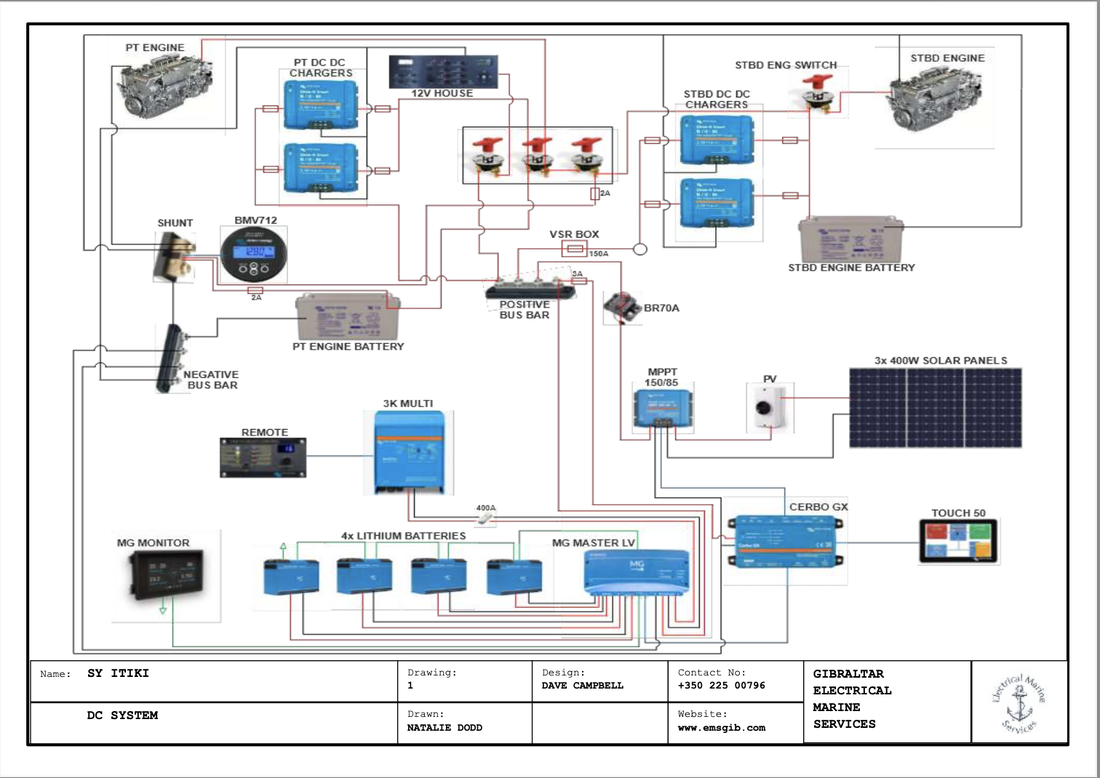
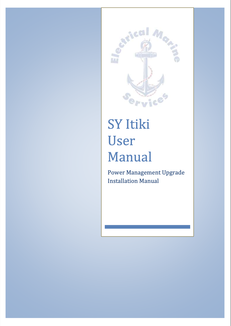
 RSS Feed
RSS Feed
